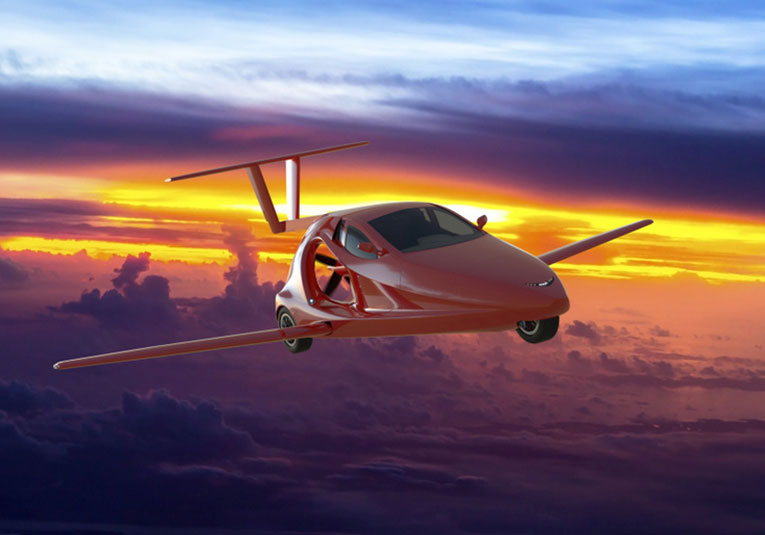[…] On July 31st, Étienne Klein, the director of France’s Alternative Energies and Atomic Energy Commission, shared an image he claimed the JWST captured of Proxima Centauri, the nearest-known star to the sun.
“It was taken by the James Webb Space Telescope,” Klein told his more than 91,000 Twitter followers. “This level of detail… A new world is unveiled every day.” Thousands of people took the post at face value and retweeted it without comment.
A few days later, Klein admitted that what he shared was actually a photo of a slice of chorizo against a black background. “In view of certain comments, I feel obliged to specify that this tweet showing an alleged picture of Proxima Centauri was a joke,” Klein said. “Let’s learn to be wary of the arguments from positions of authority as much as the spontaneous eloquence of certain images.”
Klein subsequently apologized for the prank and told French news outlet Le Point (via Vice) he posted the image to educate the public about the threat of fake news. “I also think that if I hadn’t said it was a James Webb photo, it wouldn’t have been so successful,” he noted. After everything was said and done, Klein shared the recent image the JWST captured of the Cartwheel galaxy. This time he was quick to assure his followers that the photo was authentic.
Source: Physicist trolls James Webb Space Telescope fans with a photo of a chorizo sausage | Engadget
Some people, including the writer of Engadget have gotten their panties in a twist about this. It’s a joke. Funny. A bit of a shame Klein needed to apologise for this and make up some BS nonsense justification around it.

